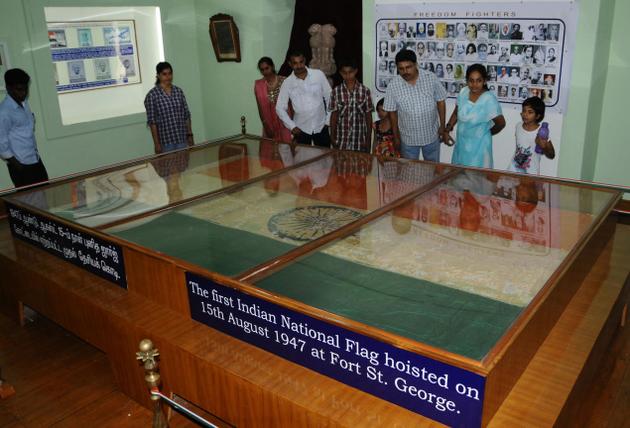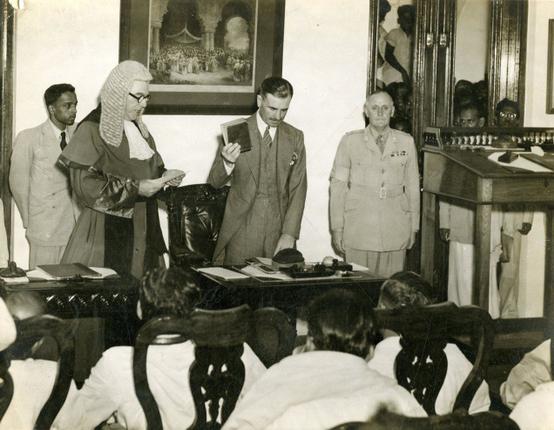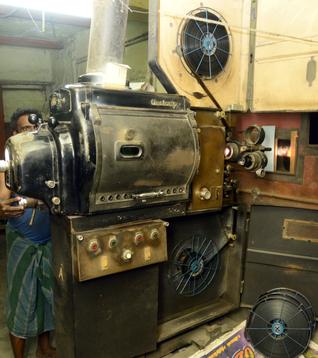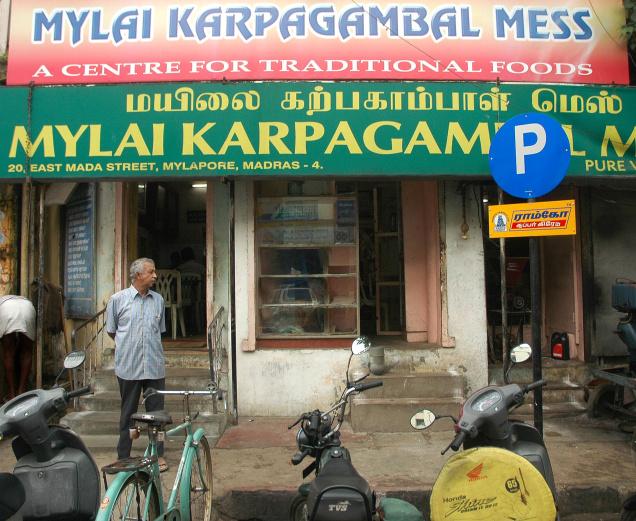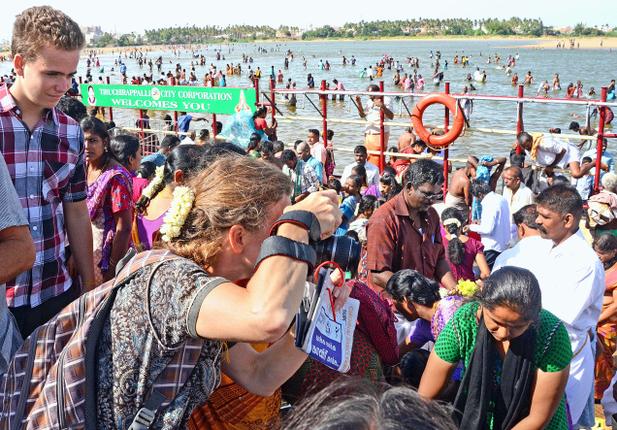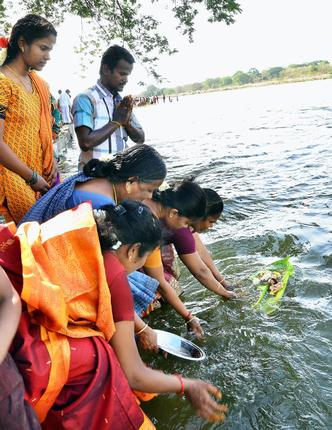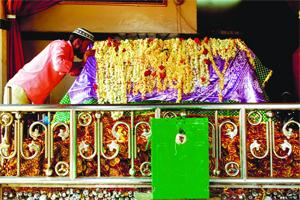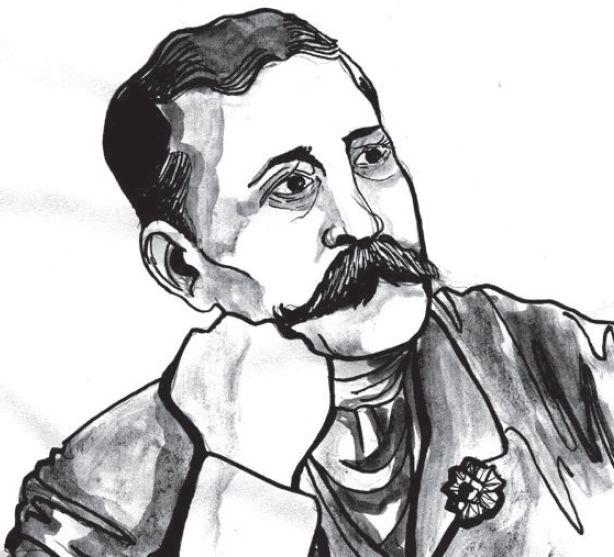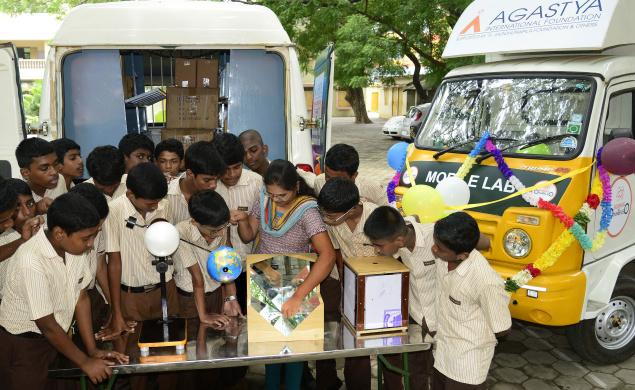
The youth had decided to seek donation from friends and relatives for the project but also wanted to do something physically demanding to achieve the goal.
City resident Mahesh Ramakrishnan on Wednesday dedicated to an NGO working for science education a mobile van funded through an expedition to Mount Kilimanjaro.
The funds collected from the climb that took him to the top of Africa’s highest mountain last year, were used to dedicate the ‘Science on Wheels’ vehicle-an educational van where students can view science experiments — to Agastya International Foundation. Two vehicles were dedicated to students on Wednesday, one of which was funded by Mahesh and the other by State Bank of India. The climb has also generated enough funds for Mahesh to provide for the operational costs of both vehicles.
Participating at the launch function held at Ramakrishna Mission High School, the 18-year-old said he appreciated Agastya International Foundation’s mission to provide creating, innovative and engaging science education for underprivileged children in the country.
The youth had decided to seek donation from friends and relatives for the project but also wanted to do something physically demanding to achieve the goal. Hence, the decision to scale the mountain, he said. Beaming with pride, Ramakrishan said: “The aim was to collect US $25,000 but I ended up collecting $40,000.”
The mobile vehicles are aimed at encouraging students to get hands-on practical experience of science through experiments outside the classroom. K.V. Sai Chandrasekhar of the foundation said each mobile science vans had 150 to 200 science models covering a wide range of topics in physics, chemistry, biology and maths.
The two mobile vans would be visiting government-aided schools and schools run by the Chennai Corporation.
source: http://www.thehindu.com / The Hindu / Home> News> Cities> Chennai> Society / Staff Reporter / Chennai – August 14th, 2014
